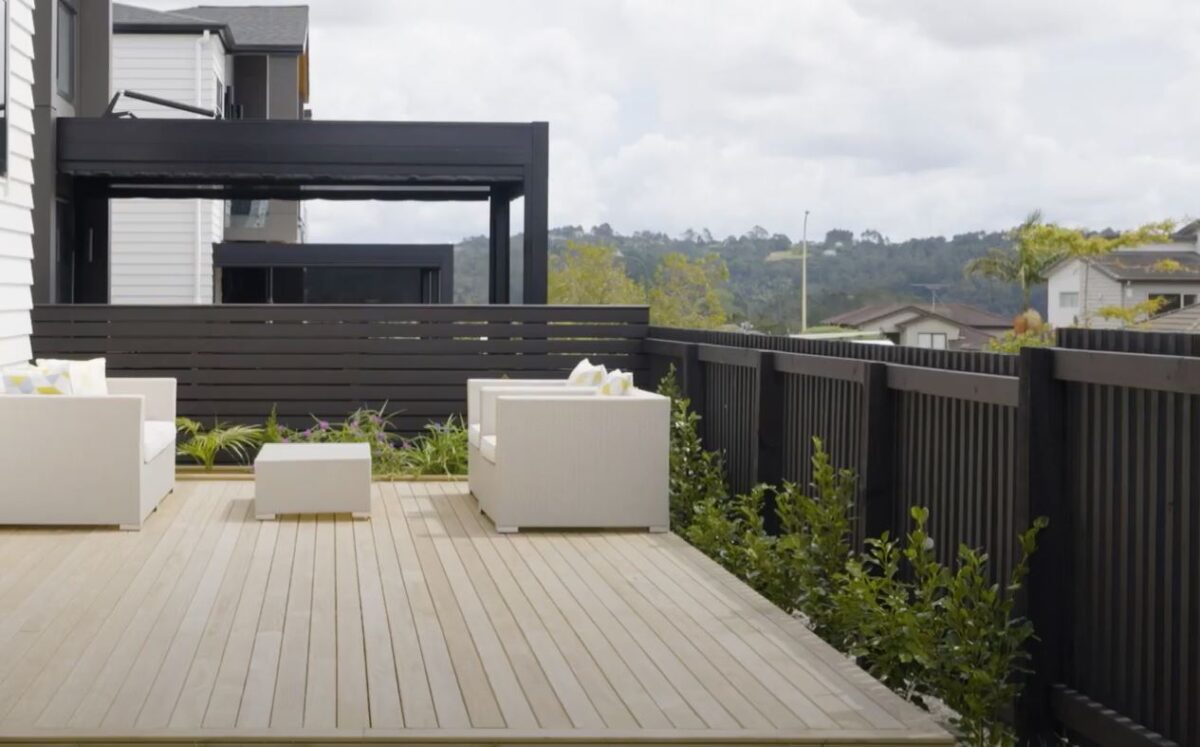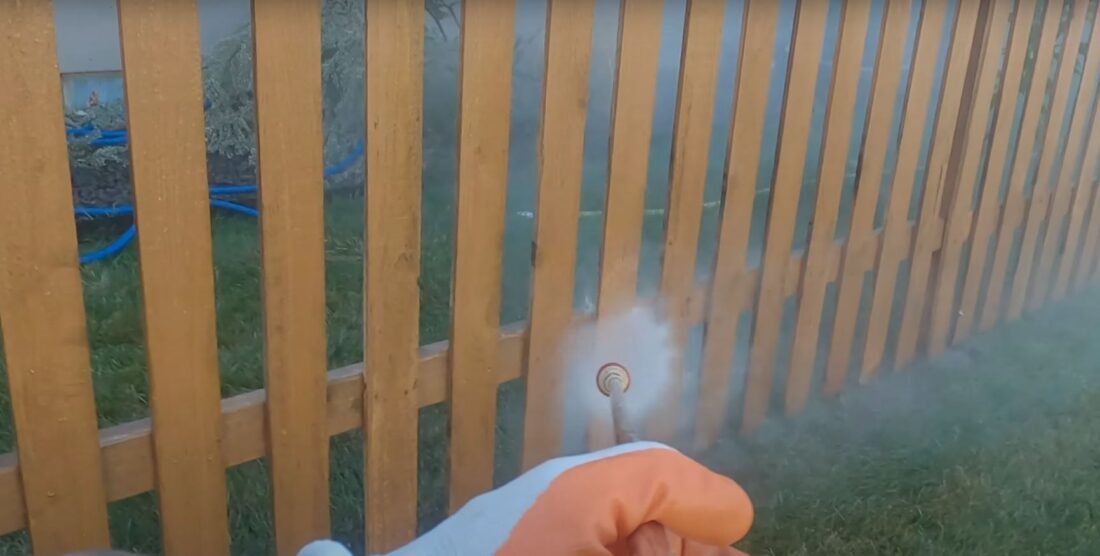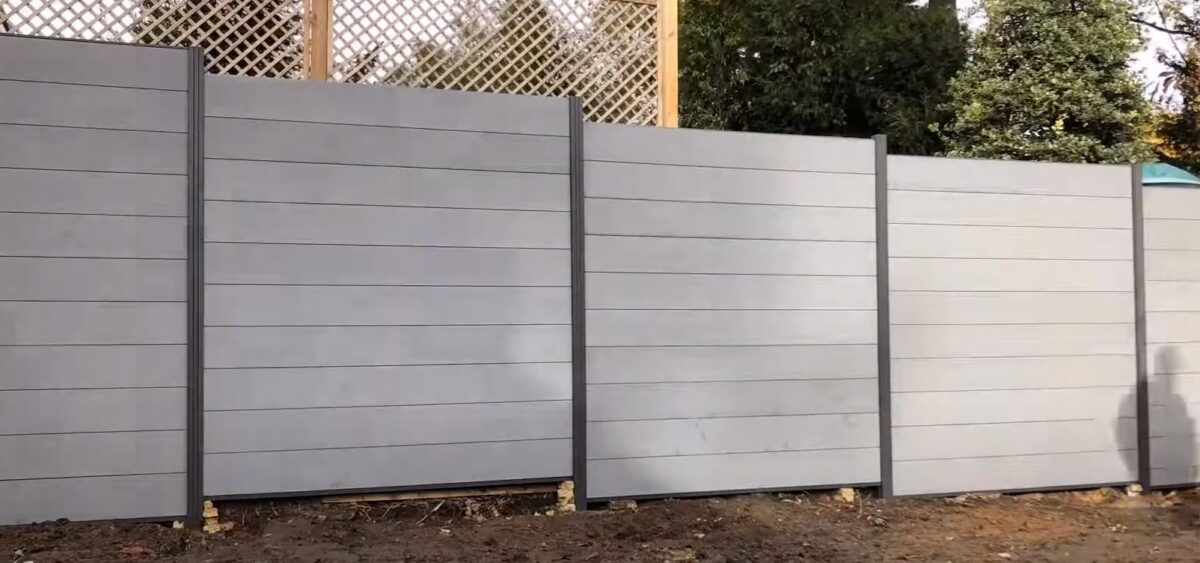What Colour Fence Makes Your Garden Look Bigger?
Choosing Fence Colours to Make Your Garden Look Bigger
Impact of Colour on Perception of Space
The colour of your fence can significantly affect how spacious your garden feels. Light colours tend to make areas look larger and more open, while dark colours can make spaces feel smaller and more enclosed.
- Light Colours: Shades like white, light grey, and pastels reflect more light, making the garden appear more expansive.
- Dark Colours: Colours such as dark green, brown, and black absorb light, creating a more intimate and enclosed feeling.
Light-Coloured Fences
Light-coloured fences can make your garden seem larger by reflecting sunlight and blending with the sky. This creates an illusion of more space.
- White Fences: White fences are classic and create a fresh, clean look that opens up the garden.
- Pastel Shades: Soft blues, greens, and creams can make the garden feel airy and larger.
Dark-Coloured Fences
While dark fences might make a space feel smaller, they can also highlight the greenery of your plants, adding depth and contrast.
- Dark Green Fences: A dark green fence can blend with the garden’s foliage, making the boundaries less noticeable.
- Black Fences: Black can be striking and modern, but use it sparingly to avoid making the space feel cramped.
Fence Types and Their Colour Applications
Wooden Fences
Wooden fences can be painted or stained in any colour, offering flexibility.
-
- Painting: Opt for light shades to enhance the feeling of space.
- Staining: Natural wood stains can add warmth while lighter stains can keep the garden open and bright.
Metal Fences
Metal fences, such as aluminium or steel, often come in powder-coated finishes.
-
- Aluminium: Available in a variety of colours, lighter shades can make the garden appear more open.
- Steel: Often seen in black or dark green, these can create a more structured look.
Vinyl Fences
Vinyl fences are available in a range of colours and require little maintenance.
-
- White Vinyl: This is a popular choice for creating a bright, open feel.
- Coloured Vinyl: Soft colours like beige or light grey can also enhance space without being too stark.
Composite Fences
Composite fencing combines wood fibres and plastic, offering durability and a range of colours.
-
- Light Colours: Choose lighter shades to create the illusion of a larger garden.
- Dark Colours: Use sparingly to avoid closing in the space.
Health and Safety Considerations
When choosing colours, consider the potential effects on safety and maintenance:
- Visibility: Light colours increase visibility, which can be safer for navigating the garden.
- Heat Absorption: Dark colours absorb more heat, which might affect nearby plants and make the fence hotter to touch.
Special Considerations for Auckland Suburbs
In Mount Eden, where gardens are often lush and green, a light-coloured fence can enhance the greenery and make small spaces feel larger. In Albany, where homes might have larger gardens, combining light and dark colours can create focal points without compromising on the perception of space.
Engineering and Science of Fence Colours
Reflectance and Light Absorption
Understanding Reflectance and Light Absorption
Reflectance and light absorption are key factors in how a fence colour can influence the perception of space in your garden. Reflectance is the measure of how much light a surface bounces back, while absorption indicates how much light is taken in by the surface.
Reflectance: Enhancing Space with Light Colours
Light colours, such as white, light grey, and pastels, have high reflectance. This means they bounce back a significant portion of the light that hits them, up to 90%. When a fence reflects more light, it creates a brighter and more open feel, making the garden appear larger and more spacious. This effect can be particularly beneficial in smaller gardens or areas with limited natural light.
-
- Benefits:
- Makes the garden appear larger
- Creates a bright, open atmosphere
- Enhances visibility and safety
- Reflects heat, keeping the area cooler
- Ideal Applications:
- Small urban gardens in areas like Mount Eden
- Gardens with lots of greenery, where a bright background can highlight plants
- Benefits:
Absorption: Creating Cosiness with Dark Colours
Dark colours, such as dark green, brown, and black, have low reflectance and high absorption, meaning they take in up to 90% of the light. This absorption creates a more enclosed and intimate atmosphere, making the space feel smaller and cosier. While this might not be ideal for small gardens, it can be effective in larger spaces or when aiming to create specific design effects.
-
- Benefits:
- Adds depth and contrast to the garden
- Can make large spaces feel more intimate
- Absorbs heat, which can be beneficial in cooler climates
- Ideal Applications:
- Larger gardens in areas like Albany
- Gardens with modern design elements, where dark fences can create striking contrasts
- Benefits:
Balancing Reflectance and Absorption
Choosing the right fence colour during the fence installation process involves balancing reflectance and absorption to achieve the desired effect in your garden. Consider the size of your garden, the amount of natural light it receives, and the overall aesthetic you want to create.
Combination Approaches:
-
-
- Two-tone Fences: Use a combination of light and dark colours to balance openness and intimacy. For example, a light-coloured top half with a darker bottom half.
- Feature Walls: Use dark colours for specific sections or features, while keeping the majority of the fence in a light colour to maintain a spacious feel.
-
Practical Considerations
- Maintenance: Light colours might show dirt and wear more easily, requiring more frequent cleaning. Dark colours can fade over time, especially in direct sunlight.
- Heat Management: In sunny areas, light colours help keep the garden cooler by reflecting heat. Dark colours can absorb heat, which might affect nearby plants and make the fence hotter to touch.
Environmental Considerations
Consider the local environment when choosing a fence colour. In sunny areas, light colours can prevent overheating, while in shaded areas, darker colours can add warmth.
Summary Comparison Table
| Fence Type | Light Colours | Dark Colours | Maintenance | Durability |
| Wood | White, Pastels | Dark Green, Black | Moderate | Moderate |
| Metal | Light Grey, White | Dark Green, Black | Low | High |
| Vinyl | White, Beige | Dark Brown, Black | Low | High |
| Composite | Light Grey, Cream | Dark Brown, Black | Low | High |
Our Locations:



